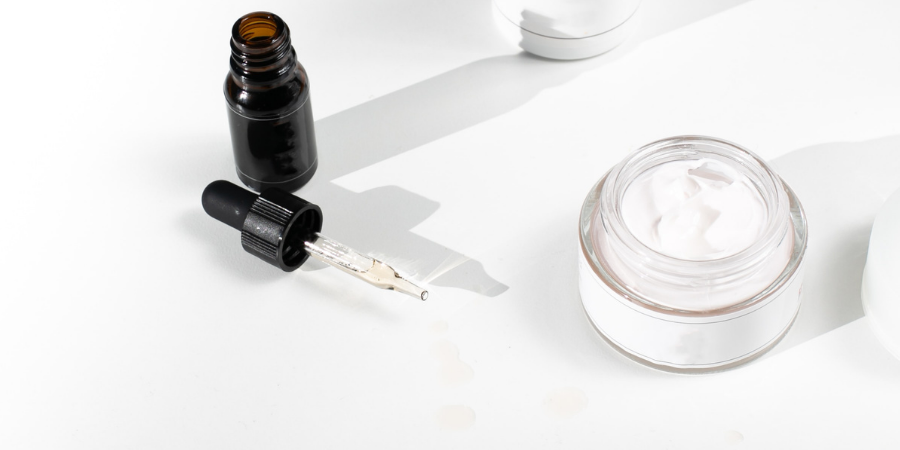Uncategorized
Full Spectrum Vs. Broad Spectrum CBD
Comparison between Full Spectrum Vs. Broad Spectrum CBD
There are, quite literally, thousands upon thousands of CBD products to try these days, and many people are eager to explore the wonderful health advantages they can potentially offer. From helping with everything from anxiety, chronic muscle pain, improved mood, and better sleep, people have come to rely on CBD in order to regain or maintain proper health and help live their best lives. Not all CBD products are created equally, however.
It’s very important to research as much as you can about CBD products before you start using them. Your doctor, pharmacist, or local dispensary can help answer some questions. Never start using CBD without first understanding some of the differences between the types of CBD products that are available over-the-counter. Below we will do our best to cover the differences between two major categories of CBD products: full-spectrum and broad-spectrum.
Broad-spectrum CBD Products
The cannabis plant is loaded with numerous types of compounds. Broad-spectrum CBD products contain most, if not all, of these compounds except for one: tetrahydrocannabinol (THC). Without THC, which is what delivers the “high” often associated with smoking “marijuana,” broad-spectrum CBD products are useful for those seeking a less intense, health-focused approach to CBD use, or are perhaps concerned about using anything with THC.
People looking for relief from pain, stress, inflammatory issues, improved sleep, and other health issues like epilepsy, are good candidates for broad-spectrum CBD. However, because broad-spectrum products do not contain THC, they may not be as effective as full-spectrum CBD and produce what is commonly referred to as the entourage effect. Sticking to broad-spectrum likely means that the user will not experience a more enhanced relaxation or calming effect than if their CBD did contain some traces of THC.
Full-spectrum CBD Products
Full-spectrum CBD products contain a full range of compounds found in the cannabis plant, including THC. Delivering a more similar experience to how our ancestors utilized cannabis, full-spectrum products still contains far less THC than what they encountered. Legally, CBD products cannot legally contain more than .3 percent of THC (at the federal level). So, depending on how your body reacts to it, you still shouldn’t experience much of a “high”. This of course depends on the dosage and concentration of the product. If the dosage and concentration is high enough, full-spectrum products should deliver some sort of euphoric effect and will be very effective in calming and relaxing the user.
The generally higher-potency of full-spectrum products means they are also generally more popular to the everyday consumer. This makes them easy to find and are available in a wide variety of options such as gummies, cookies, creams and lotions, oils, and even pills and capsules.
Be aware: some full-spectrum products may contain much more THC than .3 percent. These are commonly found in states where weed is legal and are likely available at any dispensary within that state. Regardless of how much THC is in your full-spectrum product, this is likely going to be the preferred option if experiencing somewhat of a euphoric effect is not a concern for you and you are more interested in a more potent solution to whatever you may be taking CBD for.
As stated above, we strongly urge anyone interested in using CBD products to first contact their healthcare provider or local pharmacist. This is especially true for those diagnosed with mental health issues or for those taking prescription medication. Our friendly staff is also ready to help answer any questions you have. CBD is exceptionally safe to use, but it is important to understand how to use it responsibly.
By understanding the differences in what type of CBD products are available, people will be able to have a much better, and more effective experience and at the same time avoid unpleasant side effects.

